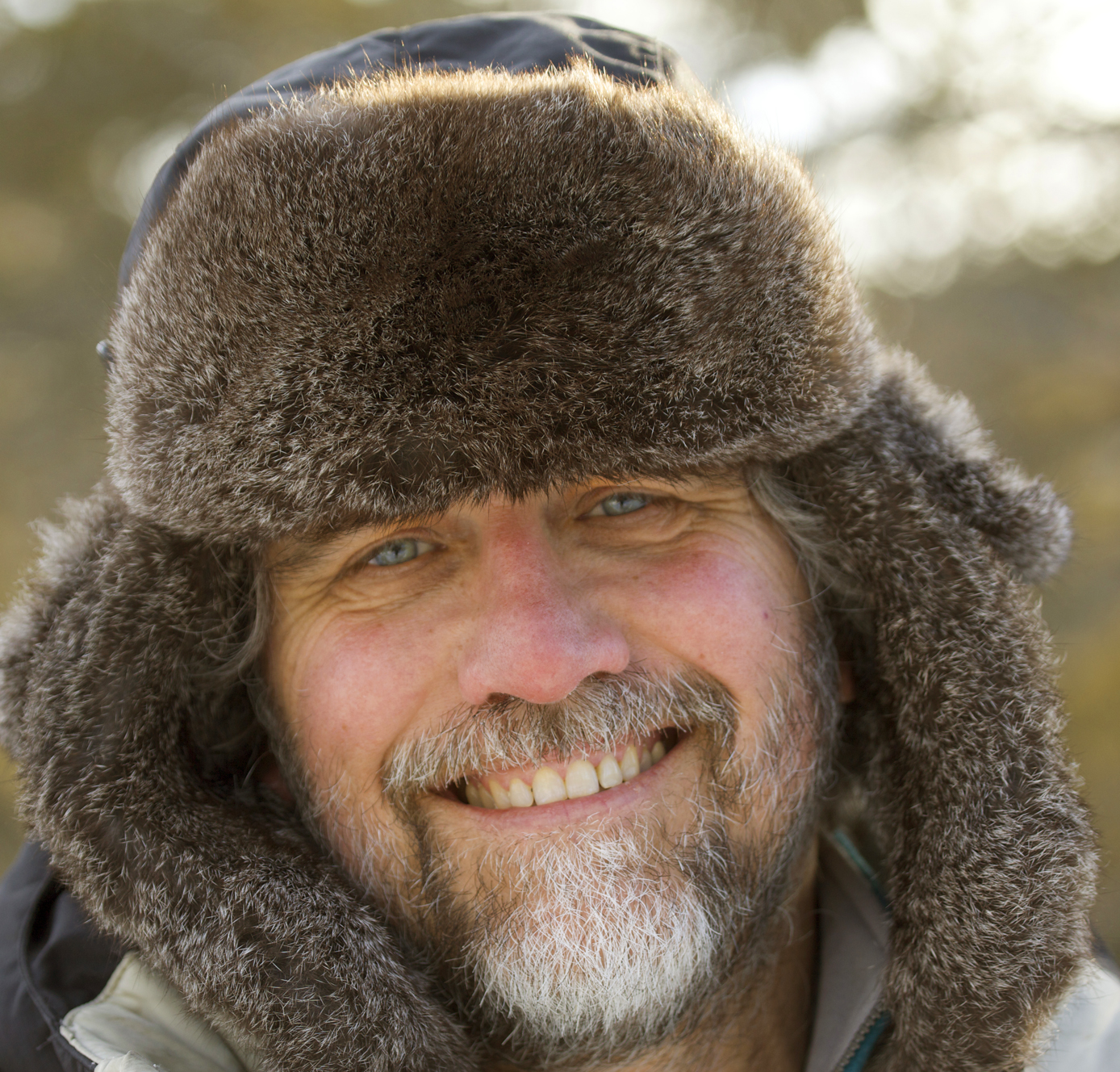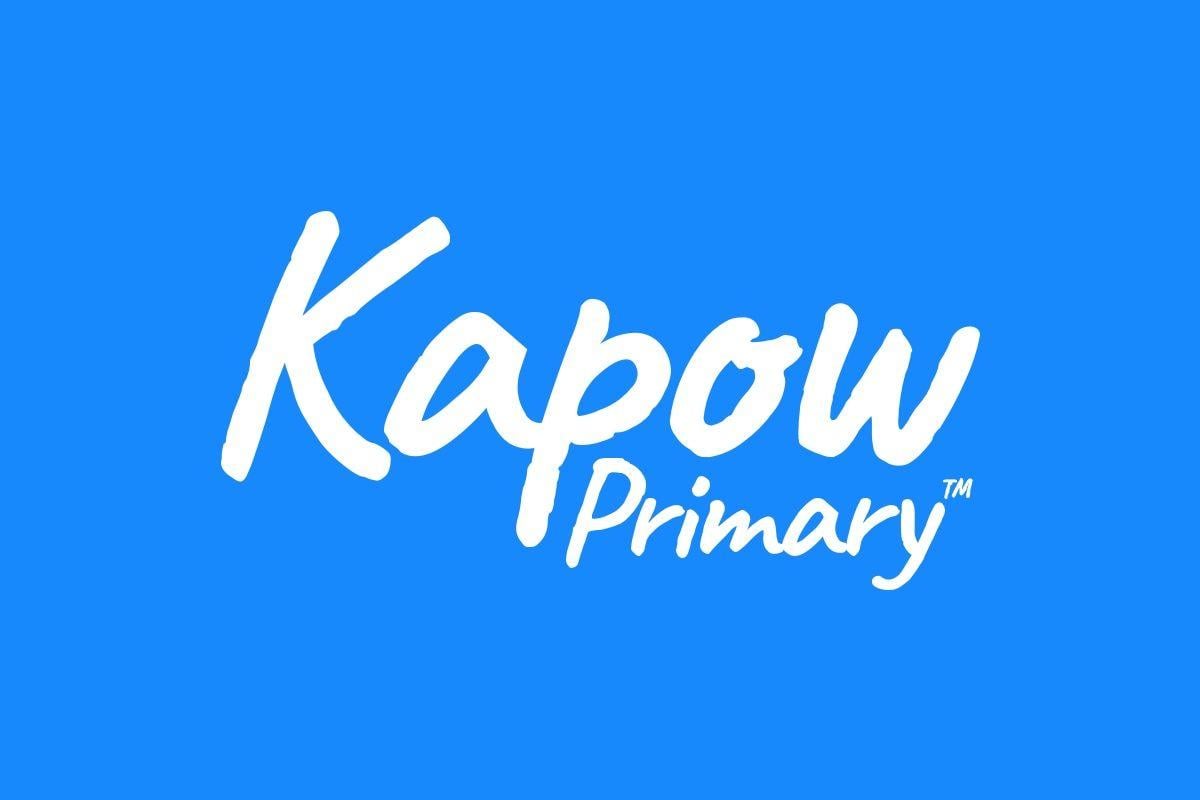Learning objective
- To name and describe the layers of the Earth.
Success criteria
- I can name and order the four layers
This content is for subscribers only. Join for access today.
National curriculum
Geography
Human and physical geography
Pupils should
This content is for subscribers only. Join for access today.
Cross-curricular links
Art and design
Pupils should be
This content is for subscribers only. Join for access today.
Before the lesson
This content is for subscribers only. Join for access today.
Lesson plan
Recap and recall
Before starting this unit, you might want to check children can recall: A mountain is a raised area of land, 600 m or more above sea level. The names of any well-known mountains (e.g. Mount Everest – Himalayas, Nepal, Asia; and Kilimanjaro – Tanzania, Africa). Human features are the characteristics of a place which are…
This content is for subscribers only. Join for access today.
Extended-mode explainer videos
How to extend your display to view the lesson page and preseantion mode simultaneously. Choose your operating system below to watch the video
If you need further support with extending your display,
please contact [email protected].
Extended-mode explainer video: For Mac
Extended-mode explainer video: For Windows
Adaptive teaching
Pupils needing extra support
Can use the Activity: Names and properties of layers (jumbled) to remind them of the layers and facts. They can match these up and use them to label their model. Supporting adults may pre-cut circles for children who struggle with fine motor skills.
Pupils working at greater depth
Could stick their model onto paper to annotate with more facts about each layer.
This content is for subscribers only. Join for access today.
Assessing progress and understanding
Pupils with secure understanding indicated by: naming all four layers of the
This content is for subscribers only. Join for access today.
Vocabulary definitions
-
inner core
The centre and hottest part of the Earth.
-
outer core
The layer of the Earth that covers the inner core.
This content is for subscribers only. Join for access today.
In this unit
Assessment - Geography Y3: Why do people live near volcanoes?
Lesson 1: How is the Earth constructed?
Lesson 2: Where are mountains found?
Lesson 3: Why and where do we get volcanoes?
Lesson 4: What are the effects of a volcanic eruption?
Lesson 5: What are earthquakes and where do we get them?
Lesson 6: Where have the rocks around school come from?
Contributors


